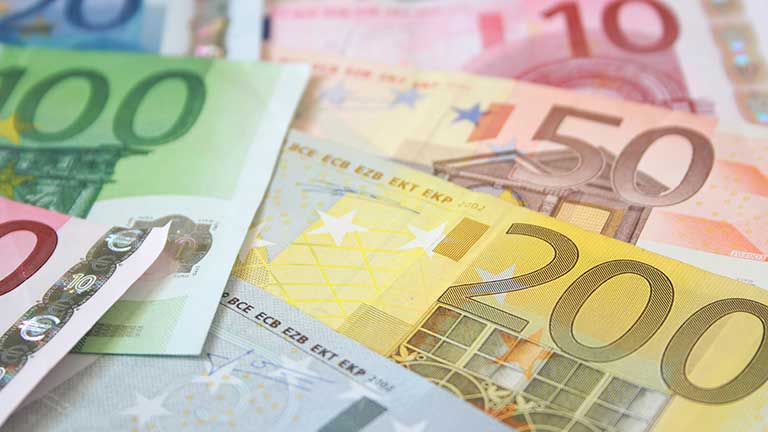According to data published by the Greek official statistics office, the Hellenic Statistical Authority (ELSTAT), Greece achieved a surplus worth 3.9% of GDP excluding interest payments last year. The target of its third, €86bn bailout programme was a primary surplus of 0.5%.
When debt-servicing costs were included, the accounts were in surplus to the tune of 0.7% of GDP – equal to €1.3bn. This compares to a deficit of 5.9% in the previous year.
Greece’s European creditors may take the figures as weight for their argument that Greece can maintain a primary surplus worth 3.5% of GDP for an unspecified number of years after 2018, as required under the current terms of the bailout.
This condition, along with the issue of debt relief, is a sticking point for the IMF, which has so far refused to participate in the bailout as a result of its different position.
The fund argues a 3.5% primary surplus is unnecessary and unsustainable without additional austerity measures. It has also emphasised that more cuts and tax increases are not needed in Greece, but the country’s government accuses the fund of demanding exactly that in return for its participation in the bailout.
Speaking at the publication of the IMF’s biannual Fiscal Monitor this week, Vitor Gaspar, head of the fund’s fiscal affairs department, agreed that this marked a “significantly stronger” performance than expected but put this down to “temporary factors”.
“I can reaffirm that the IMF sees a primary surplus of 1.5% as an appropriate level to be sustained over the medium to long run,” he said. “We would like to see that backed by realistic measures and in the context of a programme of structural reforms that support growth.”
He stressed that ensuring Greek public debt is sustainable from an IMF perspective will require debt relief measures from its creditors – a demand also being resisted by Brussels.
Despite the surplus achieved, Greece’s public debt rose to 179% of GDP last year, up from 177.4% of GDP in 2015, according to ELSTAT.
The fund believes this will have reached “explosive” levels by 2030.
While accrual measurements of Greek debt put this figure far lower, at more like 60% of GDP, the more comprehensive accounting method could also reveal a number of issues belying the country’s impressive reported surplus.
Earlier this month, Greek newspaper Ekathimerini reported that data from the country’s General Accounting Office showed that by the end of February the Greek government had paid just €28.1m of the €3.79bn it owed to suppliers. It also still owes €1.23bn in rebates to taxpayers.













